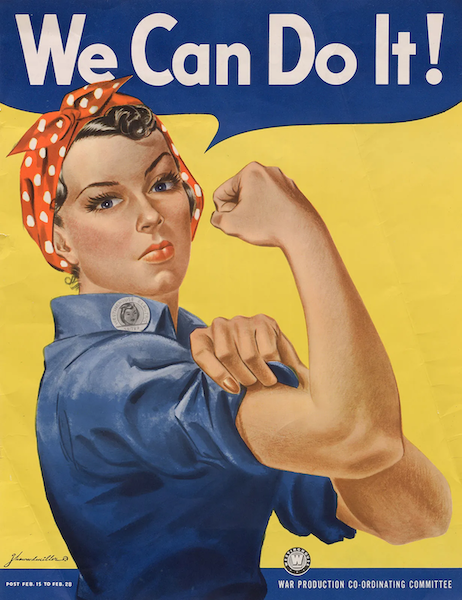BLOCKING: STRUZAN EYE GAZE
For this study I wanted to dig deeper into what Drew Struzan does with the featured characters in his works. The main characters are almost always the largest head, have the most value range and contrast, but one more thing I finally noticed is that are almost giving the viewer eye-contact. Blocking is movement/placements of objects or the camera, and I wanted to go deeper into where to position the eyes to help the composition.
To start I did some digging. For art concepts, I’ve found that it’s always best to start with product packaging. The packaging has to be studied and focus tested to make sure the product can be profitable.
Cornell Chronicle: "Food psychologists eyeball cereal characters"
“Eye contact appears to increase feelings of trust and connection to a brand,” the researchers concluded. “Cereal box spokes-characters that create eye contact may indeed increase positive feelings toward the product, as well inducing choice over other products.”Looking at two of America’s most iconic posters, they are personal appeals to the viewer with their use of eye gaze. The same goes for the classic advertisements below for soda.
TESTING EYE GAZE
Continuing this thought, it seemed fair to see movie posters as product advertising along the same lines as above (tagline hook, personal appeal from character, call to action to join, buy the soda or go to the theaters on a specific date). And for movies, the characters may be new and the world of the movie may be new, so it makes sense to have a character make eye contact with the viewer so they can grasp on to the personal gaze as the one familiar thing on the poster.
For this section, I wanted to take some of Drew Struzan’s most iconic posters and test how the sense of personal connection from character and the overall composition changes when I change the eye gaze from directly at the viewer to away from the viewer:
EXAMPLE 1
EXAMPLE 2
EXAMPLE 3
THE STRUZAN GAZE RULE
A consistent theme in Struzan’s work is that at least one person in his montages makes eye contact with the viewer:
But of course rules are meant to be broken even by the man himself:














